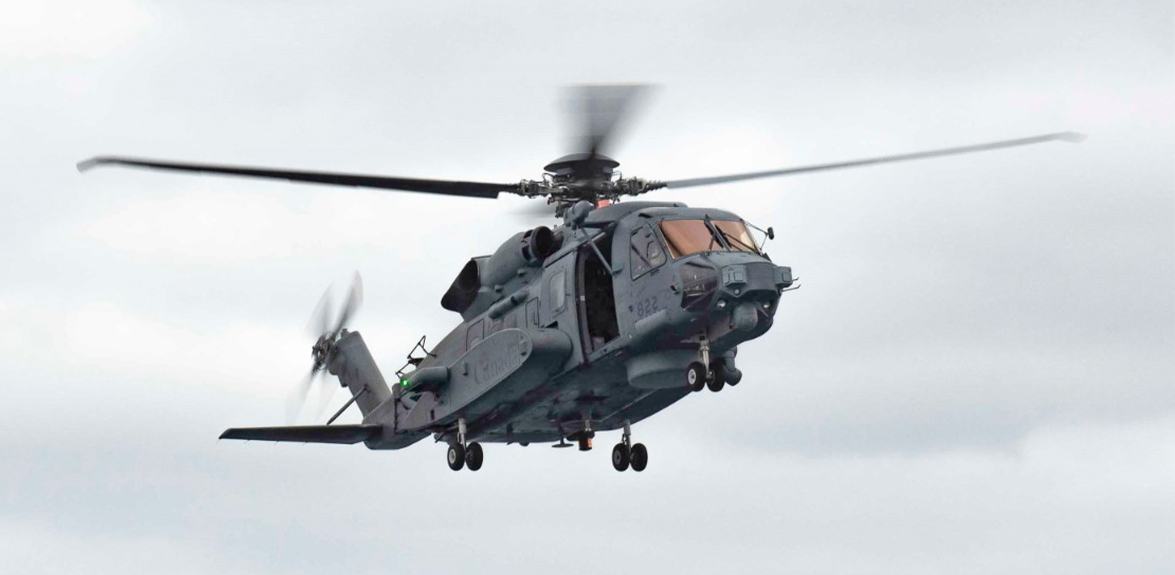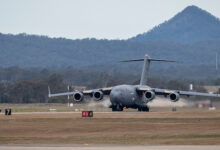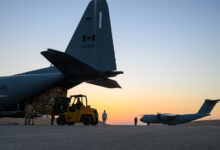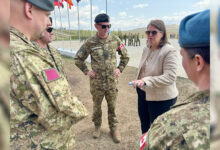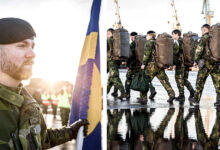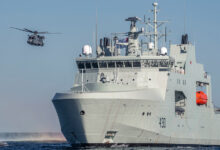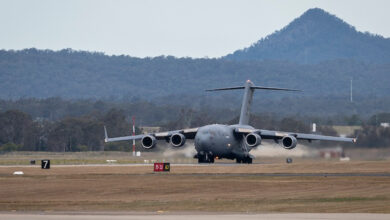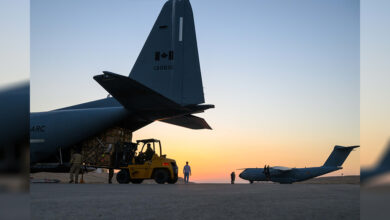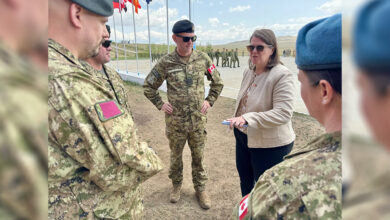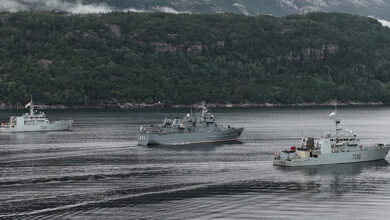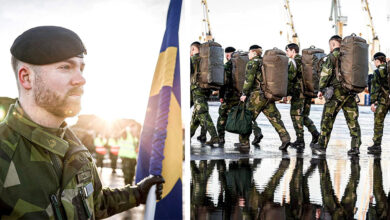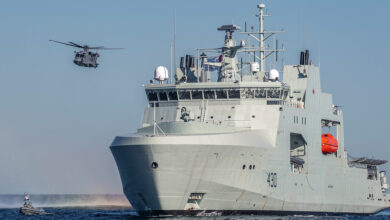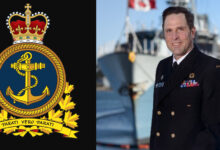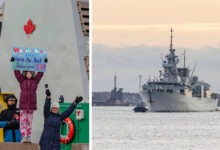Operations
Flight and Safety Investation Report Released for Stalker 22
The flight and safety investigation report into the accident that took place in the Ionian Sea and claimed the lives of six Canadian Armed Forces (CAF) members was released.
The CH-148 Cyclone helicopter, Stalker 22, was operating from Her Majesty’s Canadian Ship Fredericton as part of Standing NATO Maritime Group 2 under Operation REASSURANCE when the accident happened on April 29, 2020.
Fallen Military Personnel
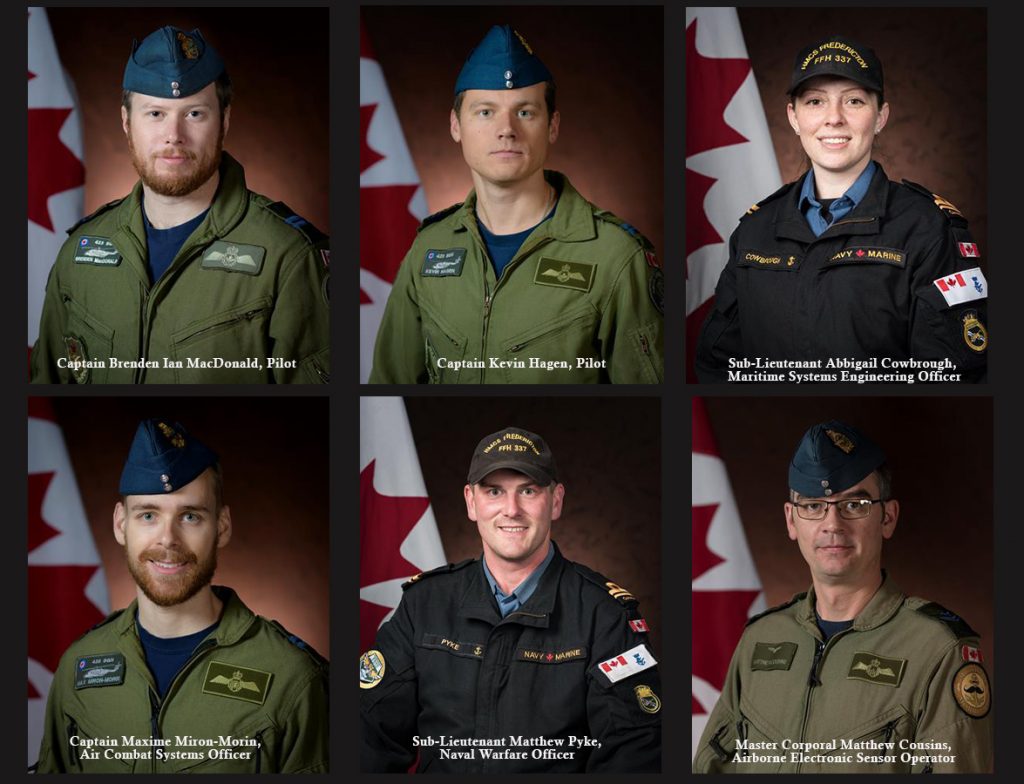
Master Corporal Matthew Cousins, Sub-Lieutenant Abbigail Cowbrough, Captain Kevin Hagen, Captain Brenden MacDonald, Captain Maxime Miron-Morin, and Sub-Lieutenant Matthew Pyke lost their lives in the accident.
According to a press release, the complete findings and recommendations of the investigation done by the Airworthiness Investigative Authority for the CAF were released in the CH148822 Flight Safety Investigation Report.
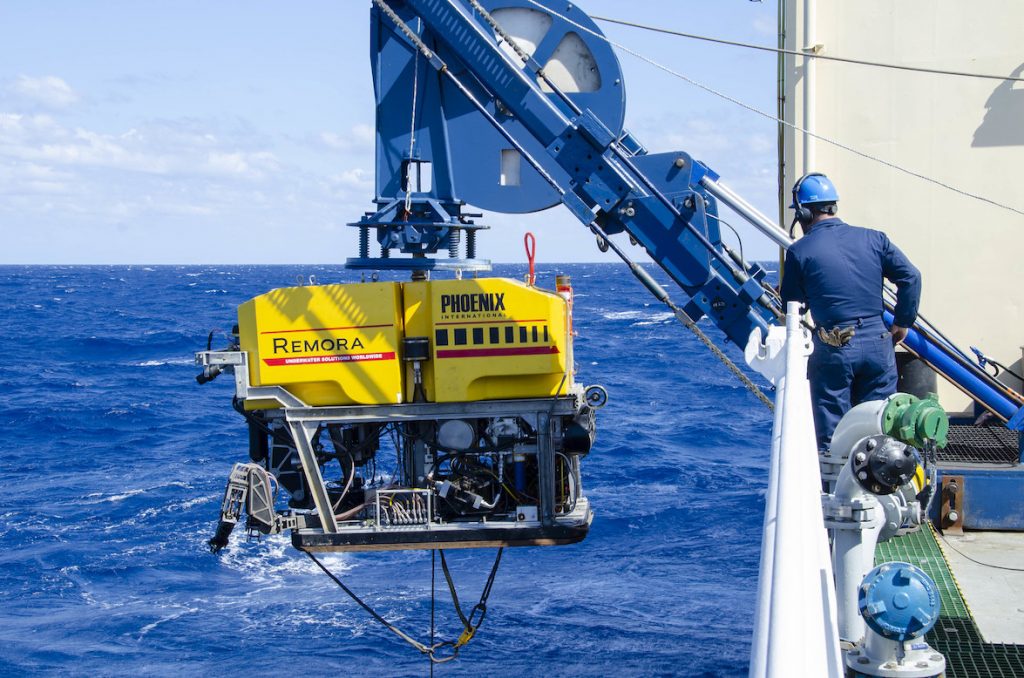
Accident Result of Combination of Several Factors
“This accident was not the result of one single causal factor, but a combination of several and could have happened to any other crew on any other day,” stated Brigadier-General John Alexander, Director of Flight Safety, Royal Canadian Air Force. “We concluded the Command Model Attitude Bias Phenomenon was an active causal factor, which was unknown to the manufacturer, airworthiness authorities, and aircrew prior to the accident.”
The investigation explained that this phenomenon emerges very rarely when manual inputs to the primarily flight controls override the aircraft’s automation system, referred to as the Flight Director, while it is engaged and set to fly at a fixed airspeed or pitch attitude. “The bias that developed in this instance resulted in insufficient aft cyclic controller authority, resulting in a high-energy descent and impact with the water,” the press release explained.
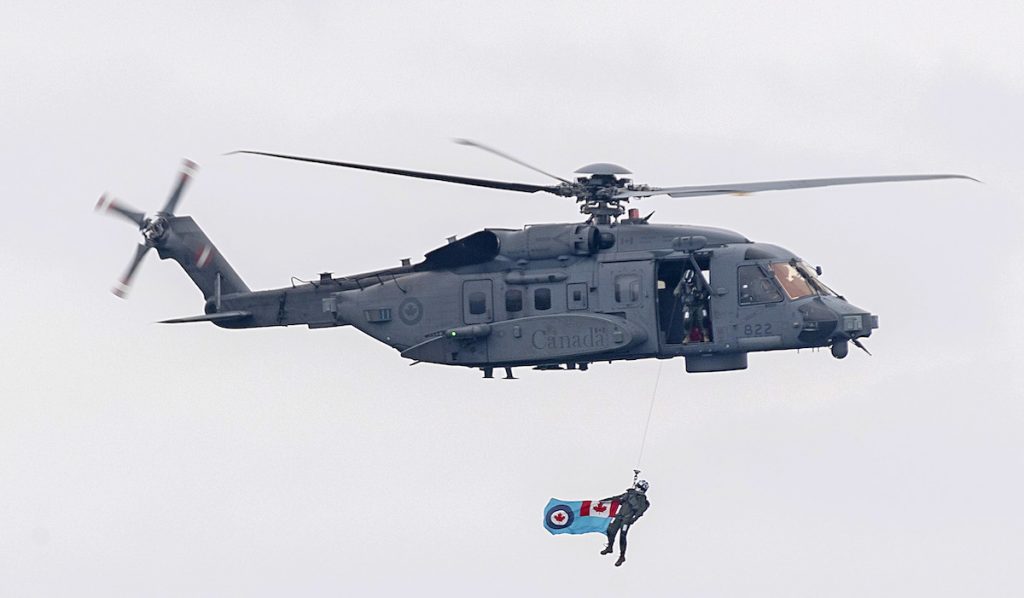
Other causal factors highlighted in the report include:
-
- Control inputs when flying with the Flight Director engaged were not verbalized in the cockpit,
- Flying publications contained information that may have been confusing or misleading,
- The Statement of Operating Intent for the CH-148 did not specify the operational requirement to fly the manouver involved in the accident,
- Standard operating procedures for this manouver were undocumented,
- It was common practice to manually override primary flight controls while the Flight Director was engaged, and
- The mode annunciation may not have sufficiently drawn the pilot’s attention to the fact the Flight Director was engaged during the manouver.
Recommendations from the report highlight the need to modify software in the electronic flight control laws to enhance flight mode annunciation and awareness to the crew, CH-148 publications regarding automation strategies, and create a working group to review the Maritime Helicopter Project Statement of Operating Intent.
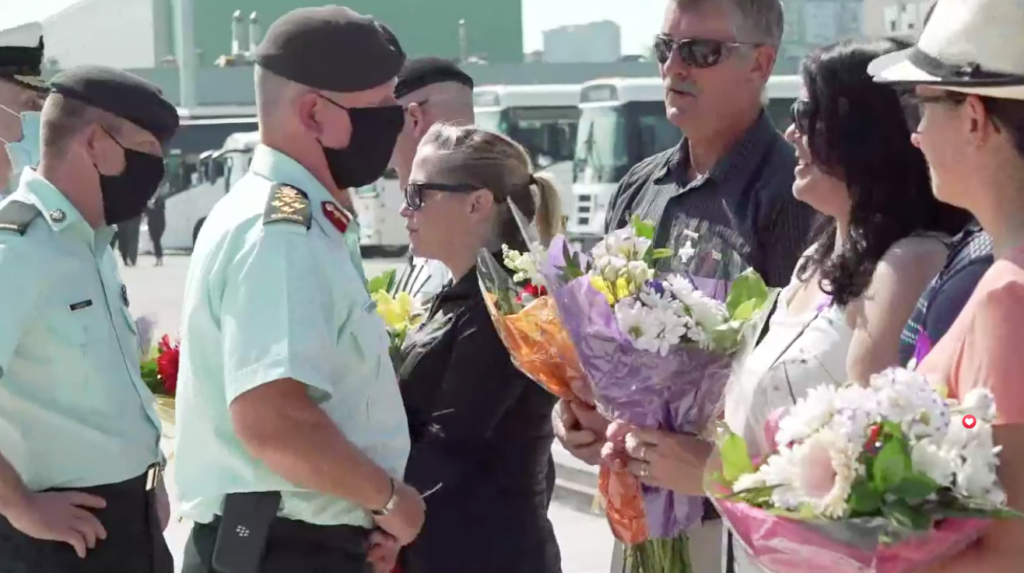
Report’s Recommendations
Major-General Eric Kenny, Commander 1 Canadian Air Division, Royal Canadian Air Force, notes they have been implementing the report’s recommendations since the report was released.
“The CH-148 Cyclone continues to make important contributions to Canadian Armed Forces operations at home and around the world, and we remain fully confident in the aircraft’s cutting-edge capabilities and those who fly and maintain them every day. We will never forget the dedication of the six colleagues we lost in this tragedy, and will continue to support their families, friends, shipmates and squadron mates,” stated Kenny.


